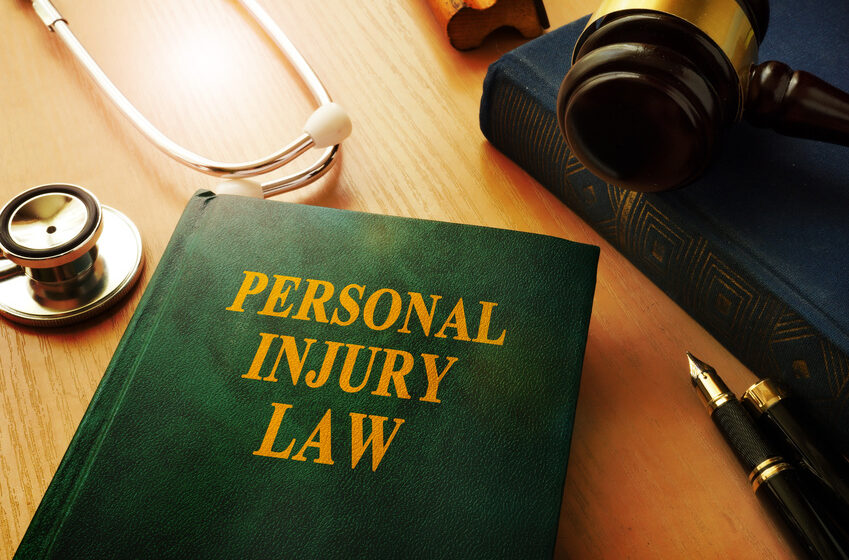Why Rear End Accidents More Common On Interstate Highways?

Rear-end accidents can occur to anyone, any time and anywhere. Remember that drivers are prone to rear-end accidents while on the highway. It is because of other vehicles in the same lane with different speeds, reckless speeding, distracted drivers, construction, or heavy traffic on the highway.
If another driver has injured you in a rear-end collision, you should consult with an injury lawyer in Roseville.
Why rear end accidents more common on interstate highways?
Some states charge an automatic liability on the driver who rear-ends another vehicle. While the second driver is responsible mainly for rear-end accidents, that is not always the case.
For example, if the front driver makes an unsafe turn or lane change resulting in a rear-end accident. In such a case, they can be partially or fully responsible for the crash. If you are involved in a rear-end accident, it is best to consult with an injury lawyer about the case’s viability. It does not matter if you are the front or rear driver.
If you are involved in a rear-end accident, you should follow the steps mentioned below.
- Seek medical attention
You may get hurt if the impact is enormous. There are chances of getting severe injuries to both the drivers if the front car slows down fast. If you want to prove liability in your case, you should seek medical attention. Your medical bills and doctor appointment will make the claim process smooth. Also, you should let your lawyer know about your injuries and the doctor you are visiting.
- Call police
You should report the incident to the police once you are fine. When the police officers arrive at the accident spot, they will prepare a report and note down every information in it. You can ask for a copy of the report, which will help file a claim with the other party’s insurance company. Without a police report, your claim will be rejected by the insurance company.
- Gather evidence
Before the police arrive, take out your cell phone and click some photos and videos of the spot. Click pictures of the injuries and the damages sustained by the car. Also, click images of the involved vehicle, which should contain the car’s number plate. Also, do not forget to click pictures of the other driver and their license registration. Ask for the other driver’s contact number. Preserve your medical records in a safe place after the accident.